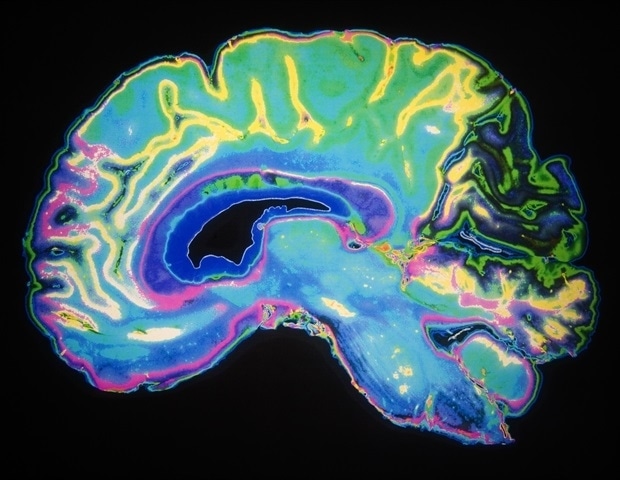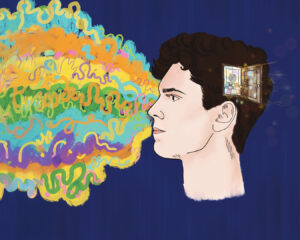
Hearing researchers at Macquarie University have discovered a fascinating aspect of human auditory perception: the ability to rapidly learn and adapt to the acoustic characteristics of reverberant spaces. This adaptation enhances speech understanding, revealing intriguing insights into the brain mechanisms involved in what is termed ‘listening to the room’. Their study, published in eLife and funded by the Australian Research Council, identifies a reverberation ‘sweet spot’ where learning and adaptation are optimized.
The research builds on previous studies that demonstrated how animals’ brains adjust to changes in sound levels. This new study is groundbreaking in showing how humans adapt to echoey environments to improve speech comprehension. Volunteers with normal hearing participated in experiments conducted in the University’s anechoic chamber, a space devoid of reverberation, where they listened to short speech commands amidst simulated background noises from various real-world environments.
The Science of Reverberation
Using recordings from places like underground car parks, lecture theatres, and open-plan offices, the researchers simulated different reverberation levels. According to Distinguished Professor David McAlpine, the study’s senior author, participants’ speech understanding improved over time, even in challenging acoustic environments.
“What was surprising was that they learned best in spaces with ‘just the right’ amount of echo – about 400 milliseconds of reverberation, which is typical of many modern spaces like lecture theatres,” McAlpine noted. “Environments with too much echo, like marble-filled lobbies or underground car parks, both made learning to listen much harder as did, counterintuitively, rooms with no echo at all.”
This ‘Goldilocks’ zone of reverberation appears to align with the average acoustic properties of spaces where people spend most of their time. This raises intriguing questions about whether our brains have adapted to these environments or if our architectural designs have evolved to suit our auditory preferences.
Listening Beyond Hearing
Dr. Heivet Hernández-Pérez, the study’s first author, explains that hearing speech in a slightly echoey environment allows the brain to adjust and recognize patterns. Over the 45-minute test duration, participants improved in speech recognition as their brains learned the ‘sound of the room’.
“It’s not about remembering the room consciously. It’s about your brain learning the structure of the environment and using that to make sense of speech, even without you realizing it. Our ears hear, but our brains listen; they’re constantly adapting through feedback loops, learning and changing on the fly,” Hernández-Pérez stated.
In the study, non-invasive magnetic brain stimulation was used to temporarily disrupt the dorsolateral prefrontal cortex, a brain area involved in learning. This disruption significantly impaired participants’ ability to adapt to different sound environments, highlighting specific brain circuits responsible for this learning process.
Implications for Technology and Inclusivity
Professor McAlpine believes these findings could revolutionize the design of hearing and listening devices, such as hearing aids and headphones. “Most hearing technology tries to eliminate all background noise and echo, but if some reverb helps people hear better, then we may be throwing out something that the brain finds useful,” he explained.
The research team is now planning new studies to investigate how neurodivergent individuals and those with hearing loss experience reverberation and whether their optimal reverberation levels differ from neurotypical listeners. This research could pave the way for more inclusive sound environments and personalized hearing technology.
Distinguished Professor David McAlpine serves as the Academic Director of Macquarie University Hearing, and Dr. Heivet Hernández-Pérez is a Research Fellow at the Macquarie University Hearing Research Centre and the Department of Linguistics. Their work continues to explore the complex interplay between our auditory systems and the environments we inhabit, promising advancements in both scientific understanding and practical applications.






